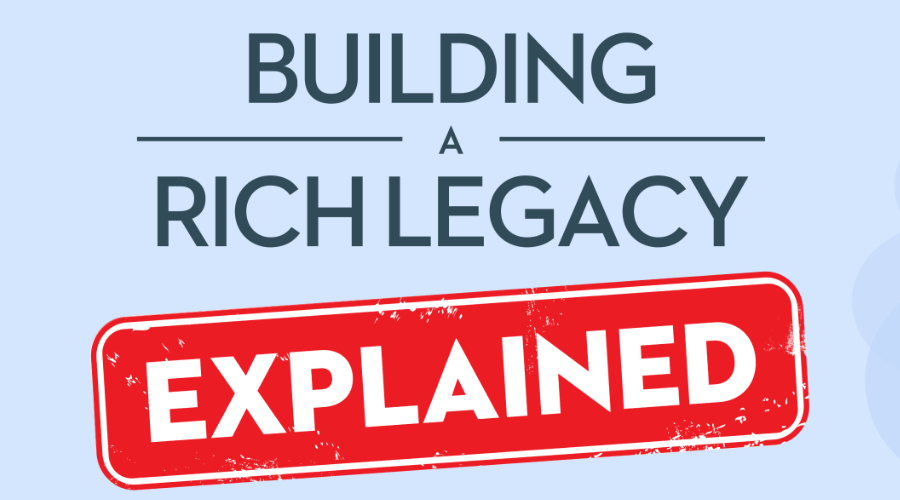Most Canadians know about the Canada Pension Plan (CPP) retirement pension. In fact, many of them are relying on it to boost their retirement income.
It’s the government-backed pension plan that pays retirees a set amount of money each month, depending on how much they’ve contributed over their working life.
If you’re wondering what is the maximum CPP benefit, you can find out more about how much you can expect to receive in this article. Alternatively, if you’re wondering how to calculate CPP benefits, you can use this CPP benefit calculator.
What Canada Pension Plan (CPP) benefits are available??
There are five other CPP pension benefits that people are much less aware of. While slightly less known, they are worth knowing about, as they could help boost your retirement income or your family’s income.
Below, you’ll find the different benefits available, what the maximum CPP benefits are worth, who could qualify for them and how to apply for them.
Post-Retirement Benefit
If you continue working and contributing to CPP while receiving the CPP retirement pension, those contributions go towards CPP post-retirement benefits (PRB).
PRBs are additional, lifetime CPP pension benefits that you’ll receive alongside the CPP pension. You and your employer must make equal contributions to CPP to qualify. If you’re self-employed, you will have to make both contributions.
The maximum CPP benefits for PRB is 1/40 of the maximum CPP retirement pension, if you contribute the maximum amount. You can check to see how much you might receive with this CPP Benefit Calculator.
You don’t need to apply for the CPP post-retirement benefit: if you qualify, you’ll receive it automatically.

CPP disability benefits
The CPP’s disability pension and post-retirement disability benefit are designed for people who are considered disabled and who have made the sufficient amount of Canada Pension Plan contributions. To qualify, your disability must be severe and prolonged.
The maximum disability pension payment for 2020 is $1,387.66, though the average for 2019 was $1,001.37. The amount you receive will depend on your past CPP contributions. You must be under 65 and receiving no CPP pension to qualify for it. To find out how to calculate these CPP benefits, use this CPP benefit calculator.
The post-retirement disability pension pays a flat rate of $505.79. You can apply for this if you are disabled but not eligible for the disability pension because you’ve been receiving CPP pension payments.
You need to apply for these benefits and should do so when you start to suffer from the disabling medical condition.
CPP survivor’s pension
Canada Pension Plan benefits include a survivor’s pension. This is paid to a spouse or common-law partner of a deceased contributor. If you’ve been widowed more than once, you’ll be paid the largest pension of those available to you.
The amount you’ll receive will depend on your age and the Canada Pension Plan contributions that your partner made.
What is the maximum CPP benefit for the survivor’s pension?
If you’re 65+, you’ll qualify for a maximum CPP benefit of 60% of your partner’s retirement pension. Those Canadians under 65 receive a flat rate portion plus 37.5% of their partner’s retirement pension, to a max CPP benefit of $638.28 for 2020. Both are dependent on you not receiving other CPP pension benefits.
You can keep this CPP benefit even if you remarry. You will need to apply for this benefit using the CPP survivor’s pension application form.
CPP death benefit
The Canada Pension death benefit is a one-time payment of $2,500 to a deceased CPP contributor’s estate. Many people wonder whether the CPP death benefit is taxable, but it is not considered income.
To be eligible for the Canada Pension death benefit, the deceased must have made Canada Pension Plan contributions for at least a third of the calendar years in their contributory period or 10 calendar years in total.
The estate executor or administrator should apply for the CPP death benefit. Failing that, it should be the person who paid the funeral expenses, the surviving spouse or next of kin.
You can find details of how to apply for the Canada Pension death benefit here.
More Information on Government Benefits Available
- Understanding the Canada Pension Plan (CPP)
- The ABCs of Government Assistance for Older Canadians Living at Home
- Fortify Your Healthcare Budget with Reverse Mortgage and CRA Medical Expenses Claims
CPP children’s benefit
CPP pension benefits are given to the dependent children of disabled or deceased CPP contributors. Children must be under 18 or under 25 if at a recognized school or university. There are two types of Canada Pension Plan benefits for children:
- A disabled contributor’s child’s benefit for children of people who receive the CPP disability benefit
- A surviving child’s benefit for children of deceased contributors. Eligibility depends on the deceased’s contributions
What is the maximum CPP benefit for children?
The payment for both benefits is a flat rate of $255.03 for 2020. You need to apply using the children’s benefits application form
Other ways to boost your retirement income
For many retirees, even those with savings, company pension plans or who receive maximum Canada Pension Plan benefits, their overall retirement income can be insufficient.
There is a way to boost your retirement income without having to make monthly debt payments and which won’t affect your CPP benefits. If you’re 55 and over and own your own home, the CHIP Reverse Mortgage® allows you to cash in up to 55% of your home’s value, without having to make any regular mortgage payments.
You can receive the money in a lump sum or regular monthly payments. Plus, you don’t have to pay back what you owe until you decide to sell your home or move out. If you’re like many retirees, a reverse mortgage could be the ideal way to improve your standard of living in retirement.
Just call us at 1-866-522-2447 to find out how much money you could borrow to help boost your retirement income.































